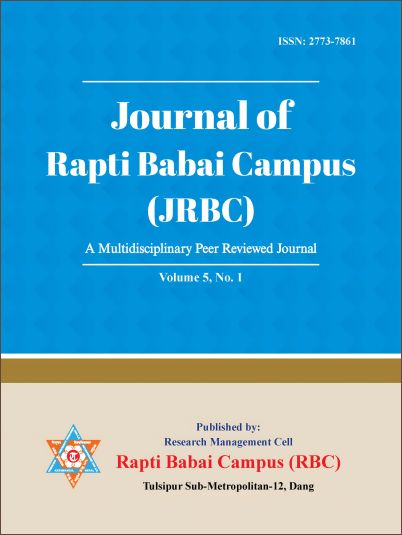Bhagabat Gita in Today’s Mental Therapy practices
DOI:
https://doi.org/10.3126/jrbc.v5i1.78064Keywords:
Meditation, faith, Katma Yoga, Psychological well-beingAbstract
The Bhagavad Gita is a core concept in Hindu philosophical teachings through which
the subconscious mind is able to explain its activities on human change & mental
equilibrium. The Gita is a source of practical relief for confused personalities as faith,
meditation, and Karma Yoga teach multiple presenting problems to be eased. The
current article shows how the teachings of the Gita coincide with recent approaches
to psychoanalysis, CBT, and mindfulness-based routines. Faith is thought of as a way
to use the transforming effects of belief to cross-refer the subconscious homework
we are based on to the higher consciousness; then through meditation, one tries to
move to higher consciousness, where noxious patterns of thought no longer exist. To
reiterate, conducting Karma Yoga equates to so-called self-donation, which has the
potential to raise clarity and evoke intrinsic motivation. It has been accomplished by
relying on thematic analysis of the Gita and psychological research which is in the
modern era so as to clarify its therapeutic importance in relation to mental health.
Consequently, its principles are in alignment with current cognitive restructuring,
mindfulness, and intrinsic motivation theories, hence, they are of its offering a proof
less explanation to suffer from anxiety, stress, and emotional instability over time.
This amalgamation is a bond that Gita's had that can be put on a pedestal as a
respected resource and also mankind's mental health practice.




